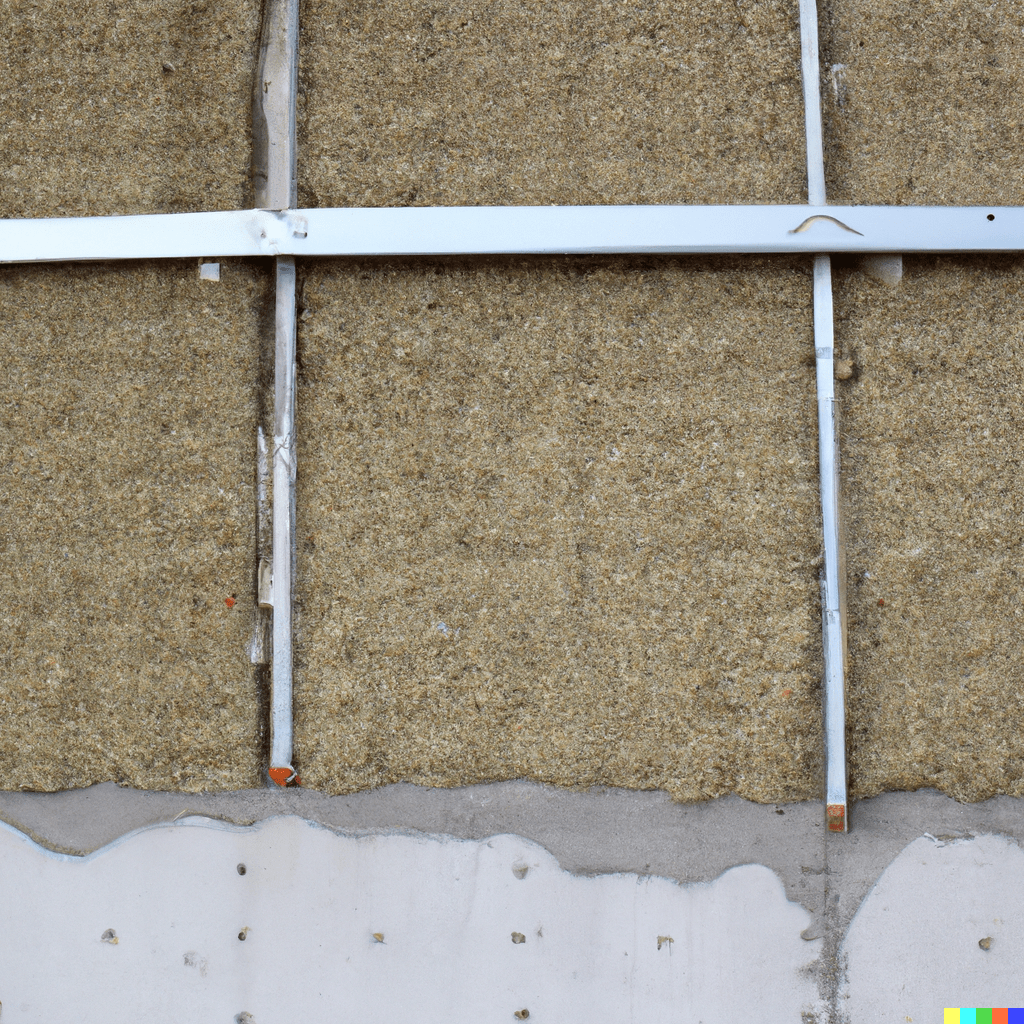Everything you need to know about Wall Insulation

Wall insulation refers to the process of adding insulation to the walls of a building to reduce heat loss or gain through the walls. This is typically done by adding insulation material to the cavity between the inner and outer walls of a building or by insulating the interior or exterior surfaces of the walls. The primary function of wall insulation is to improve energy efficiency, reduce heating and cooling costs, and create a more comfortable indoor environment.
History of Insulation
The history of wall insulation dates back to the early 20th century when the need for energy-efficient buildings became apparent. Prior to this time, most buildings were constructed with solid masonry walls, which provided some insulation but were not very effective at reducing heat transfer. The use of insulation materials such as fiberglass, mineral wool, and cellulose became more common in the 1930s and 1940s, as building codes began to require insulation in new construction. In the 1960s and 1970s, new materials such as polystyrene and polyurethane foam were developed, which provided even better insulation properties.
Benefits of Insulation
There are several benefits of wall insulation, including improved energy efficiency, reduced heating and cooling costs, and increased comfort. Insulating the walls of a building can significantly reduce heat loss or gain through the walls, which in turn reduces the amount of energy required to heat or cool the building. This can result in lower energy bills and reduced carbon emissions. Additionally, wall insulation can improve indoor comfort by reducing drafts and cold spots, as well as reducing noise transmission through the walls.
What country used Wall insulation the most?
The use of wall insulation varies by country and region. In colder climates, such as Canada, the United States, and northern Europe, wall insulation is typically used throughout the building envelope to provide maximum energy efficiency. In warmer climates, such as parts of southern Europe, insulation is often focused on the roof or ceiling rather than the walls, as this is where most of the heat gain occurs. In some countries, such as the United Kingdom, building codes require insulation to be added to existing homes as well as new construction, in order to improve energy efficiency and reduce carbon emissions.
Insulation is also used in other parts of the building envelope, including the roof, floors, and windows. Roof insulation is particularly important, as heat rises and can escape through the roof of a building. Insulating the roof can significantly reduce heat loss and improve energy efficiency. Floor insulation can also help reduce heat loss and improve energy efficiency, particularly in homes with a basement or crawl space. Insulated windows are also becoming more common, as they can reduce heat loss through the windows and improve indoor comfort.
In recent years, there has been a growing trend towards using more environmentally friendly insulation materials. This includes natural materials such as wool, cotton, and cellulose, as well as recycled materials such as denim and newspaper. These materials are often more sustainable and have a lower environmental impact than traditional insulation materials. However, it is important to note that not all natural insulation materials are created equal, and some may have lower insulation properties than synthetic materials.
Overall, wall insulation is an important aspect of building design and construction. It can significantly improve energy efficiency, reduce heating and cooling costs, and create a more comfortable indoor environment. The use of insulation materials varies by country and region, and there is a growing trend towards using more environmentally friendly materials. As energy costs continue to rise and concerns about climate change increase, the importance of wall insulation is likely to continue to grow